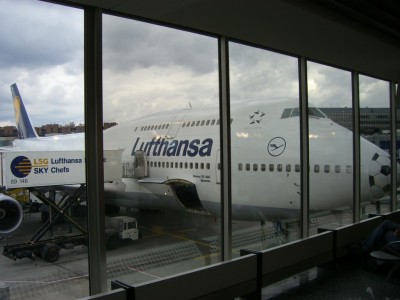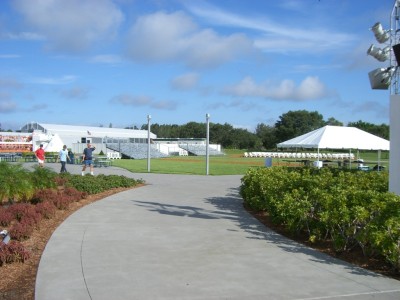I was to Orlando’ attractions today, so I think I just quote NASA’s shuttle home page for now:
At the STS-120 Launch Readiness News Conference Sunday morning, LeRoy Cain, launch integration manager, pointed to the weather as the only question mark for the launch week ahead. He reported all is “ready to move forward to launch on Tuesday.”
Weather officer Kathy Winters called Tuesday’s weather “promising” at 60 percent favorable. She explained that they continue tracking a frontal boundary that may now arrive on Wednesday, earlier than previously predicted. The front should be out in the Gulf of Mexico on Tuesday, but the timing of the front’s arrival could cause problems for a Wednesday launch attempt should Tuesday’s launch not occur. Weather should improve once the front passes through the area. There is still only a 10 percent chance that weather could prohibit tanking for Tuesday’s liftoff.
That’s excellent news. The weather, however, seems to be a problem. Again, we had rain over here in Orlando and so it looks like viewing the launch becomes a betting game. We’ll see.
I’ll drive over to Titusville tomorrow and try to catch Kennedy Space Center’s “up close” tour. I hope the weather is well enough so that we can really see something.


